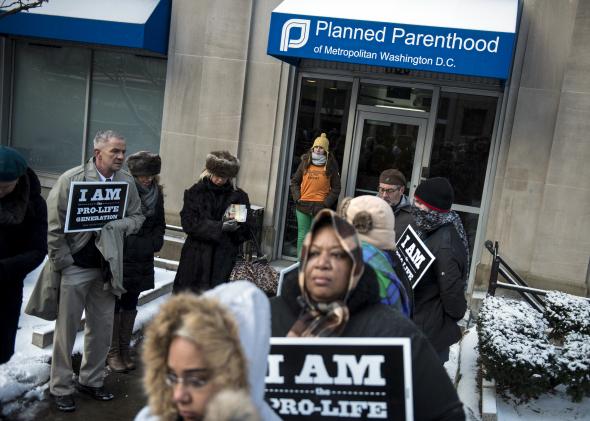Earlier this week, New Jersey Supreme Court Chief justice Stuart J. Rabner, wrote in 134-page unanimous court decision that the test for reliability of eyewitness testimony should be revised. The Court acknowledged a “troubling lack of reliability in eyewitness identifications” and issued new rules for defendants to challenge eye-witness evidence in criminal cases:
The court said that whenever a defendant presents evidence that a witness’s identification of a suspect was influenced, by the police, for instance, a judge must hold a hearing to consider a broad range of issues. These could include police behavior, but also factors like lighting, the time that had elapsed since the crime or whether the victim felt stress at the time of the identification.
When such disputed evidence is admitted, the court said, the judge must give detailed explanations to jurors, even in the middle of a trial, on influences that could heighten the risk of misidentification. In the past, judges held hearings on such matters, but they were far more limited.
The decision applies only in New Jersey, but is likely to have considerable impact nationally. The state’s highest court has long been considered a trailblazer in criminal law, and New Jersey has already been a leader in establishing guidelines on how judges should handle such testimony.
According to the Innocence Project, eyewitness misidentification is the single greatest cause of wrongful convictions nationwide. Adam Serwer at The American Prospect reflects on the biological and psychological underpinnings of eyewitness misidentification:
It may seem shocking just how unreliable your eyes can be. The ruling cites studies that showed eyewitnesses picking the wrong person out of a lineup as often as they picked the right one, along with another study showing that even when witnesses are told the person might not be in the lineup, they’ll choose an innocent person about a third of the time. The reason is that our memories may seem vivid, they’re often not as accurate as we think they are. While lineups are constructed of similar looking individuals precisely to force the witness to think strongly about what they remember, this may result in witnesses unconsciously conforming their memory to the available choices.
The most complex part of eyewitness misidentification, though, is the fact that people who wrongly identify someone are often really confident they’ve made the right choice — and that confidence is persuasive in court. The ruling notes that a previous ruling’s observation that while “there is almost nothing more convincing [to a jury] than a live human being who takes the stand, points a finger at the defendant, and says ‘That’s the one!’” the fact is that “accuracy and confidence may not be related to one another at all.” There’s not necessarily any malice in this — it’s simply an artifact of how our brains work.
Complicating matters more is what social scientists call the cross-race identification bias which presents clear evidence that members of one race have a significant deficiency for identifying members of another race. Our brains, through no fault of our own, make us unreliable eye witnesses, leading to accidental, but no less tragic, miscarriages of justice.
These natural human errors should give us yet another reason to adopt an attitude of wariness towards the “ultimate” punishment. According to the Innocence Project, 273 people to date have been exonerated by DNA testing, including 17 who served time on death row. Average time served before exoneration and release? 13 years.
Undoubtedly, our criminal justice system is in need of reform, but no amount of reform will remove the human factor. So long as the death penalty remains legal, we risk executing the innocent.



Thanks for this post, Beth. While our brains are unreliable “through no fault of our own,” we are most certainly responsible for proceeding with greater humility and caution in the conclusions that we draw about one another. Our often misguided confidence extends beyond the courtroom and applies as well to our understanding of men and women in prison in terms of the sorts of persons and community members that they are and can become.
The Innocence Project’s numbers are important to keep in mind. Although, these numbers only represent exonerations by DNA testing. Overall, since 1973, 138 people in 26 states have been released from death row due to evidence of their innocence (www.deathpenaltyinfo.org).
The narratives of these exonerees are extraordinary and there is an entire organization dedicated to making their voices present in our communities (www.witnesstoinnocence.org).
Moral discourse about the death penalty must concern more than the execution of innocents, but this is a sobering issue nonetheless.
I completely agree, Kathryn. Great points and great resources.